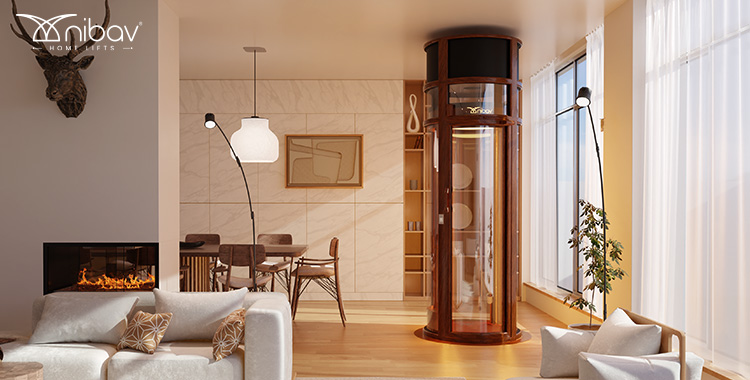
Table of Contents
- Introduction – A New Era of Home Mobility in the UAE
- 1. Understanding the Basics – How Do They Work?
- 2. Space Requirements – Compact vs. Bulky
- 3. Energy Efficiency – Eco-Friendly vs. Power-Hungry
- 4. Noise Levels – Whisper Quiet vs. Mechanical
- 5. Safety Standards – Certified Peace of Mind
- 6. Installation Timeline – Quick vs. Lengthy
- 7. Maintenance Needs – Minimal vs. Intensive
- 8. Design & Customization – Transparent Luxury
- 9. Cost Considerations – Upfront and Long-Term
- 10. Nibav UAE Models – A Choice for Every Home
- Conclusion – The Future of Air-Driven Elevators in UAE Homes
- FAQs – Pneumatic vs. Traditional Elevators
Introduction – A New Era of Home Mobility in the UAE
As the UAE continues to live up to its reputation for luxury, innovation, and high living standards, residents increasingly want homes that incorporate beauty with practicality. When it comes to home upgrades that enhance comfort and functionality, one technology is redefining home mobility: the pneumatic elevator, also known as a vacuum elevator or an air-driven home elevator.
Conventional elevators—hydraulic or traction—have long been used in commercial buildings and some large homes. However, they are not always practical for residential use. In fact, they are often unsuitable for compact luxury residences because of their bulky machinery, extensive and expensive civil work requirements, and high energy consumption.
In contrast, pneumatic vacuum elevators offer a futuristic, compact, eco-friendly, and stylish solution, perfectly aligned with modern UAE homes and villas.
This blog will explore the differences between pneumatic and conventional elevators, covering design, operation, energy efficiency, safety, installation, maintenance, and vacuum elevator cost. The goal is to show that Nibav’s air-driven elevators are not simply replacements, but smarter upgrades in home mobility.
1. Understanding the Basics – How Do They Work?
Pneumatic (Vacuum or Air-Driven) Elevators
Pneumatic elevators use air pressure differentials to function. A vacuum pump removes air from the top of the cylinder, creating low pressure above the cabin. The difference between higher pressure below and lower pressure above lifts the cabin upward.
For descent, gravity takes over, requiring zero electricity.
Key points:
- No pits, shafts, or machine rooms needed.
- Self-supporting cylindrical structure.
- Quiet, smooth, and environmentally friendly.
Traditional Elevators
Traditional elevators are divided into two categories:
- Hydraulic Elevators
- Use a piston and hydraulic oil to push the cabin upward.
- Require pits and a machine room for pumps.
- Effective for heavy lifting but demand extensive maintenance.
- Traction Elevators
- Use steel ropes or belts over pulleys with counterweights.
- Reliable for taller buildings but bulky for residential homes.
- Complex installation and higher energy consumption.
👉 Conclusion: Pneumatic elevators are ideal for residential spaces, while traditional lifts are better suited for commercial applications.
2. Space Requirements – Compact vs. Bulky
In UAE urban housing, maximizing space is essential. Villas, multi-family homes, townhouses, and duplexes often cannot allocate room for large shafts or machine rooms.
- Pneumatic Elevators (Vacuum Elevators):
- Require only 1010 mm (3.3 ft) diameter for installation.
- No pit, machine room, or shaft required.
- Can be retrofitted into existing villas without structural upgrades.
- Traditional Elevators:
- Require a pit (600–1500 mm), overhead clearance, and a machine room.
- Often demand extensive renovations to fit into homes.
- Better suited for high-rises or large-scale properties.
👉 For smaller, compact, or luxury villas in Dubai, Sharjah, or Abu Dhabi, air-driven home elevators are far more practical.
3. Energy Efficiency – Eco-Friendly vs. Power-Hungry
As part of UAE Vision 2031, sustainability is a priority, making energy efficiency a key factor.
- Pneumatic Elevators:
- Use 3.7 kVA of electricity only when ascending.
- Consume zero power on descent (gravity-powered).
- Require no oil or lubrication.
- Eco-friendly and aligned with green living initiatives.
- Traditional Elevators:
- Hydraulic lifts consume power during both ascent and descent.
- Require hydraulic oil, raising environmental concerns.
- Traction lifts use more electricity due to motors and counterweights.
👉 The pneumatic elevator is the clear champion in eco-efficiency, reducing both costs and environmental impact.
4. Noise Levels – Whisper Quiet vs. Mechanical
Noise is often overlooked until after installation, but it can impact daily comfort.
- Vacuum Elevators:
- Operate at 40–45 dB (similar to a quiet library).
- Descent is nearly silent.
- Minimal vibration due to their self-supporting structure.
- Traditional Elevators:
- Hydraulic lifts produce noise from pumps and oil flow.
- Traction lifts generate noise from ropes, pulleys, and motors.
- Average noise levels: 55–65 dB, similar to a vacuum cleaner.
👉 For quiet luxury homes, Nibav’s silent pneumatic lifts are unmatched.
5. Safety Standards – Certified Peace of Mind
For families in the UAE—especially with seniors and children—safety is non-negotiable.
- Pneumatic Elevators:
- Certified by TÜV and ISO 9001:2015.
- Safety features include:
- Automatic emergency descent in case of power failure.
- Child safety locks and overload sensors.
- Polycarbonate glass cabin (250x stronger than regular glass).
- Traditional Elevators:
- Dependable but prone to oil leaks, cable wear, and pump issues.
- Safety relies heavily on frequent maintenance.
👉 Both are safe, but air-driven home elevators provide certified redundancy and reliability.
6. Installation Timeline – Quick vs. Lengthy
- Pneumatic Elevators:
- Installed in just 4–5 working days.
- Delivered semi-assembled for rapid installation.
- Require no structural changes.
- Traditional Elevators:
- Installation takes months.
- Requires civil work for pits, shafts, and machine rooms.
- Highly disruptive and expensive.
👉 Pneumatic lifts win decisively on speed and convenience.
7. Maintenance Needs – Minimal vs. Intensive
- Vacuum Elevators:
- Few moving parts = minimal wear.
- No oil, belts, or counterweights.
- Maintenance only once every four months.
- Traditional Elevators:
- Require frequent servicing.
- Hydraulic lifts need oil changes and leak checks.
- Traction lifts require motor and cable inspections.
👉 Vacuum elevators = lower lifetime maintenance costs.
8. Design & Customization – Transparent Luxury
In the UAE, style matters as much as functionality.
- Pneumatic Elevators:
- Transparent 360° panoramic glass cabins.
- Customizable options: hydro-dipped finishes, Midnight Edition, ambient lighting, engravings.
- Sleek Italian design to match luxury interiors.
- Traditional Elevators:
- Typically enclosed cabins with limited customization.
- Functional, but rarely serve as design statements.
👉 Panoramic glass pneumatic elevators are both practical and fashionable, making them luxury home features.
9. Cost Considerations – Upfront and Long-Term
- Vacuum Elevator (Nibav UAE):
- Entry-level price: AED 220,000+ (depending on Series III, Series III Max, Series IV Standard, Series IV Max).
- Long-term savings include reduced energy bills, minimal maintenance, and added property value.
- Traditional Elevators:
- Installation: AED 180,000–250,000 plus civil works.
- Higher long-term costs due to electricity and maintenance.
- Less impact on property resale value compared to glass pneumatic elevators.
👉 While upfront vacuum elevator cost may appear similar, the lifetime ROI is significantly higher.
10. Nibav UAE Models – A Choice for Every Home
- Series III Standard
- Compact and budget-friendly.
- Stylish panoramic glass cabin.
- Series III Max
- Spacious and wheelchair-accessible.
- Ideal for multi-generational families.
- Series IV Standard
- Enhanced safety and design.
- Perfect for luxury villas.
- Series IV Max
- Flagship model with full customization.
- Spacious, smart-enabled, luxury finishes.
All models combine eco-efficiency, compact size, and luxury appeal, tailored for UAE homes.
Conclusion – The Future of Air-Driven Elevators in UAE Homes
The comparison is clear: pneumatic elevators outperform traditional elevators in every category—space, energy efficiency, noise, safety, installation, maintenance, and design. For UAE families who value luxury, sustainability, and convenience, the vacuum elevator cost is not an expense but an investment in comfort, safety, and long-term property value.
With Nibav UAE, you’re not just installing a lift—you’re upgrading your lifestyle.
Because in the UAE, luxury is not just about owning a villa—it’s about how effortlessly you move within it.
FAQs – Pneumatic vs. Traditional Elevators
Q1. Are vacuum elevators safe for children and seniors?
Yes. With child locks, overload sensors, and TÜV certifications, they are ideal for families.
Q2. How long do pneumatic elevators last?
With minimal maintenance, they can last decades.
Q3. Can a pneumatic lift be retrofitted into an existing villa?
Yes. With no shaft or pit required, they are ideal for retrofits.
Q4. Is the vacuum elevator cost worth it?
Absolutely. Lower energy bills, minimal servicing, and higher resale value provide strong ROI.
Q5. Do pneumatic elevators work during power cuts?
Yes. They feature automatic emergency descent for safe travel.



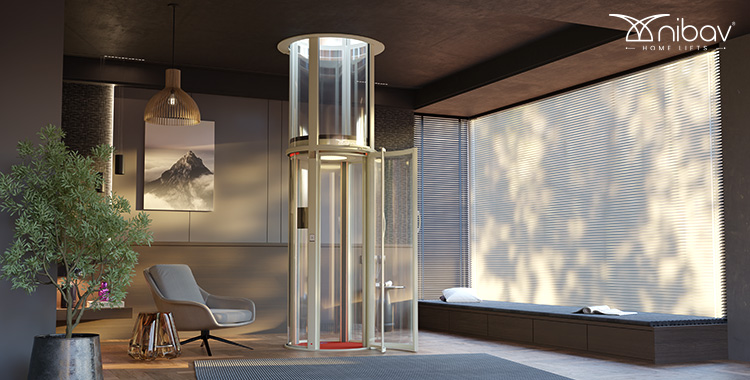

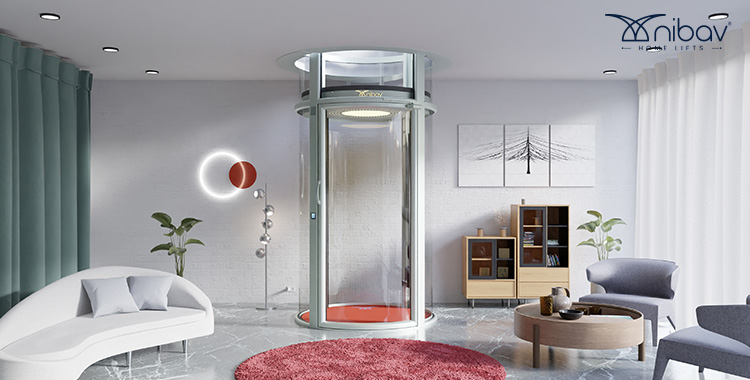
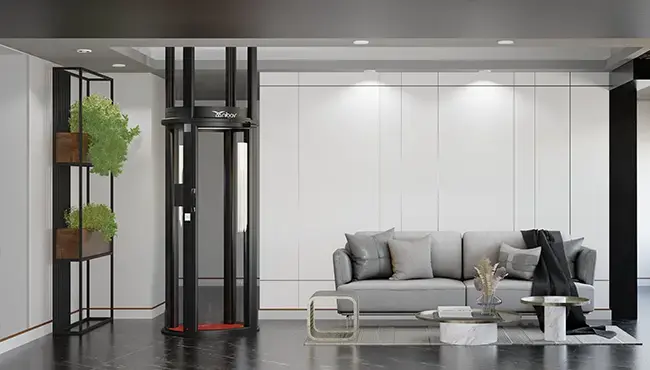
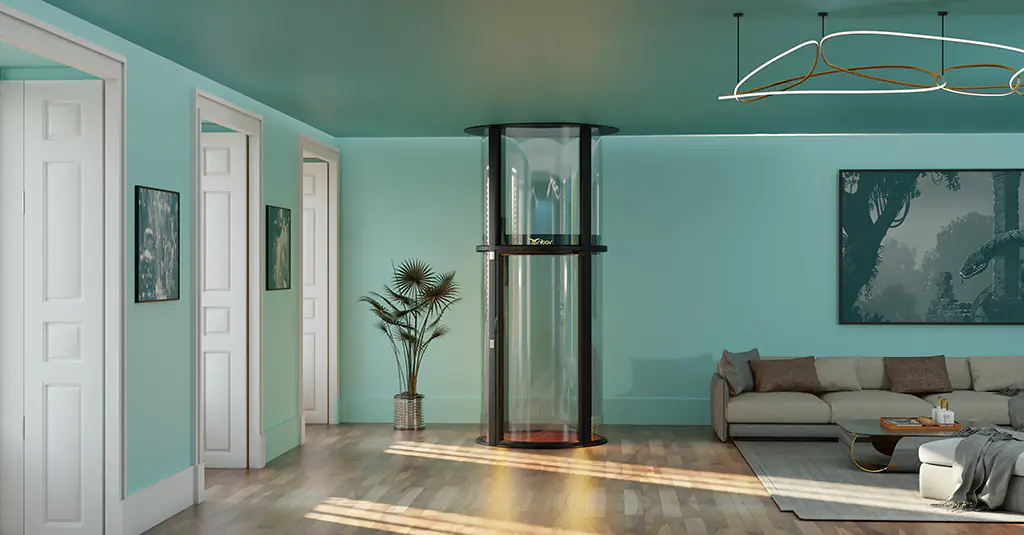
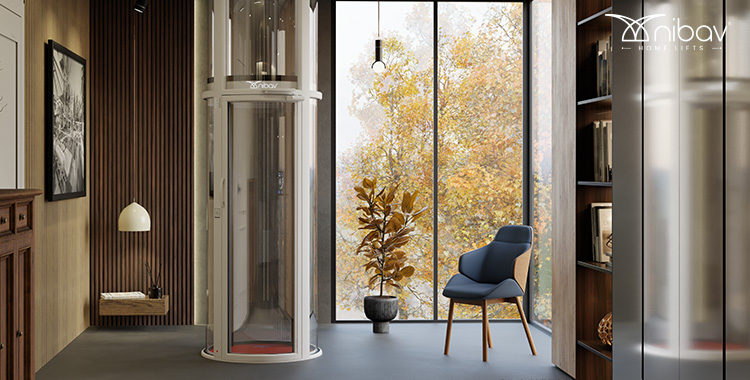
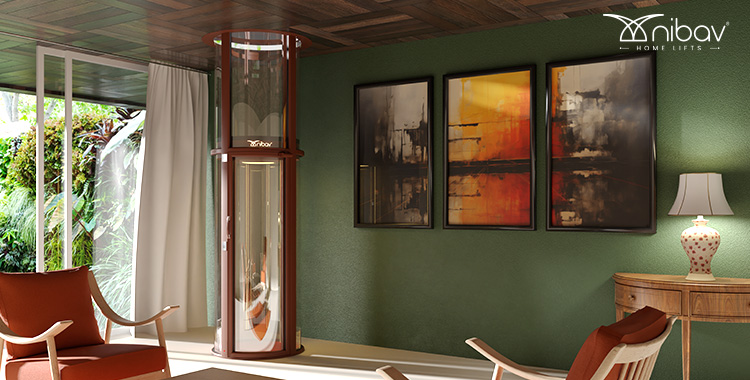
Mohamed Abushahab
A must-read for anyone exploring home elevators in UAE! It shows how Nibav combines affordability with luxury through its air-driven technology.
Mohamed Ahmed
Super helpful and easy to follow! The price details, design features, and eco-friendly highlights make this the best resource on home lifts I’ve found.